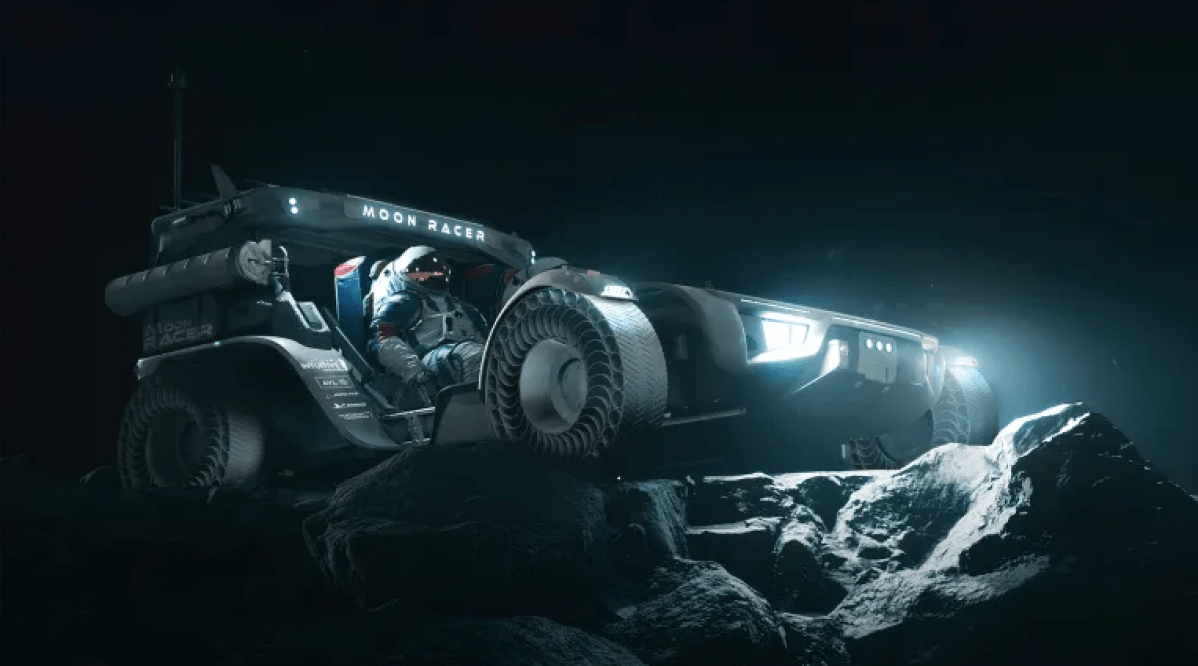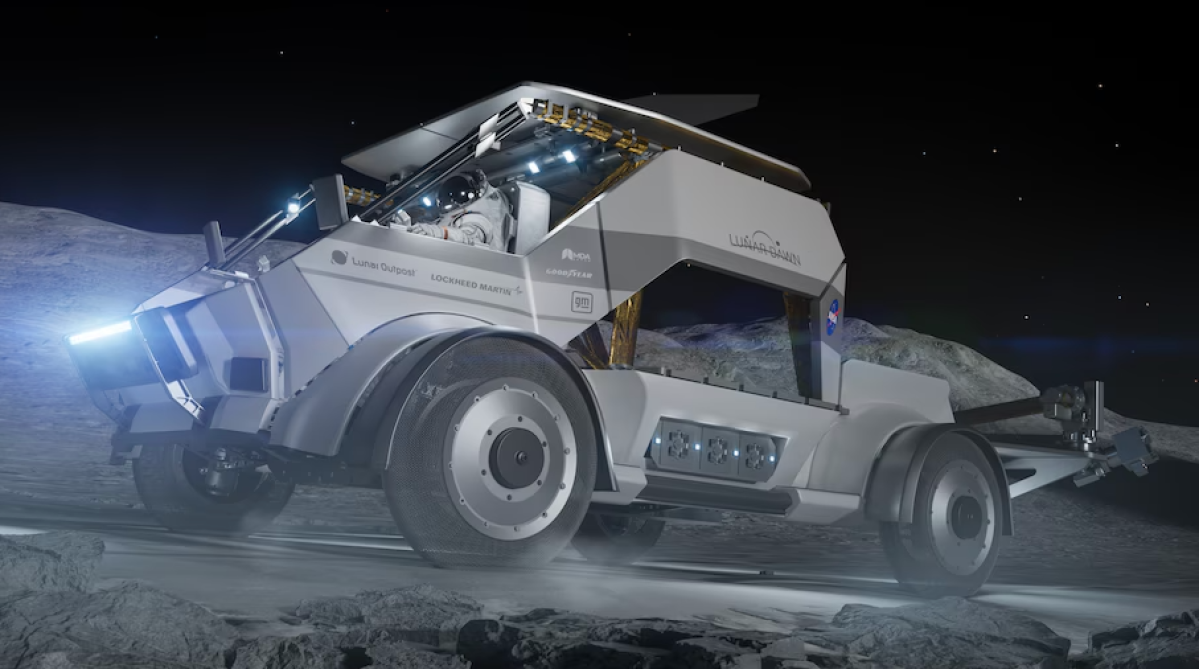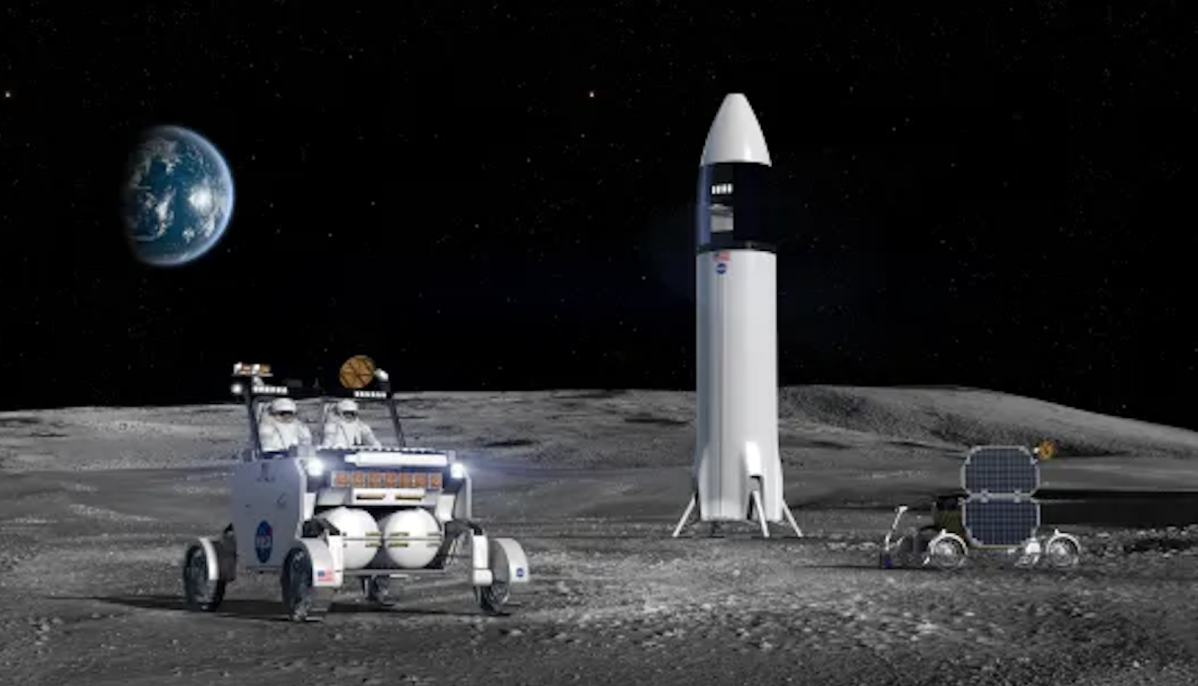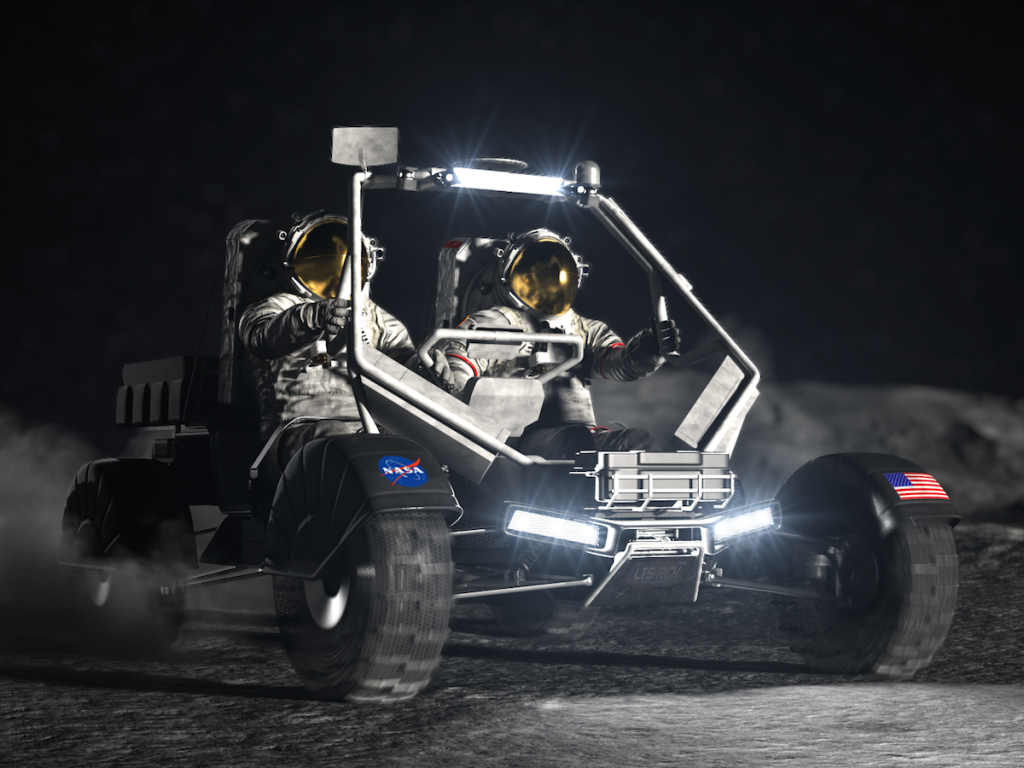In the not-so-distant future, lunar road trips will be a thing. NASA has just given the green light to three companies to develop the Lunar Terrain Vehicle (LTV). Intuitive Machines, Lunar Outpost and Venturi Astrolab are the chosen ones to take our moonwalks to the next level.
These rovers are part of NASA’s Artemis campaign — NASA’s first crewed Moon landing mission since Apollo 17 in 1972.
The first of these missions, Artemis 1, launched on November 16, 2022. Artemis 2–5 are set to launch in 2025, 2026, 2027 and 2029 respectively. The lunar rover is expected to be employed on the Artemis 5 mission.

“We look forward to the development of the Artemis generation lunar exploration vehicle to help us advance what we learn at the Moon,” said Vanessa Wyche, director of NASA’s Johnson Space Center in Houston, in a NASA press release.
“This vehicle will greatly increase our astronauts’ ability to explore and conduct science on the lunar surface while also serving as a science platform between crewed missions.”
Being part of Artemis means these rovers will also act as a crucial stepping stone to developing the vehicles that will help humans traverse the surface of Mars.

But before we get to Mars, we’ll need to handle the Moon’s notoriously temperamental South Pole — an area crucial to the Artemis mission. While this location isn’t the most welcoming of environments, it is thought to contain water ice — a crucial component to sustainable long-term habitation on the lunar surface.
In order to handle the extreme conditions on the Moon’s South Pole, NASA said the rovers will feature “advanced technologies for power management, autonomous driving, and state of the art communications and navigation systems”.
But not all three companies will end up sending a rover to the Moon. Intuitive Machines, Lunar Outpost and Venturi Astrolab will first take part in a year-long feasibility study to ensure their rovers can handle the lunar surface come game time, with the winner awarded the Artemis 5 mission.

Once on the Moon the lunar will stay there, operating remotely “to support NASA’s scientific objectives as needed”. When not being used by NASA, the winning company will be free to use the rover for commercial lunar surface activities such as Moon tourism.
“We will use the LTV to travel to locations we might not otherwise be able to reach on foot, increasing our ability to explore and make new scientific discoveries,” said Jacob Bleacher, chief exploration scientist in the Exploration Systems Development Mission Directorate at NASA Headquarters in Washington.
“With the Artemis crewed missions, and during remote operations when there is not a crew on the surface, we are enabling science and discovery on the Moon year-round.”
Main image: NASA



